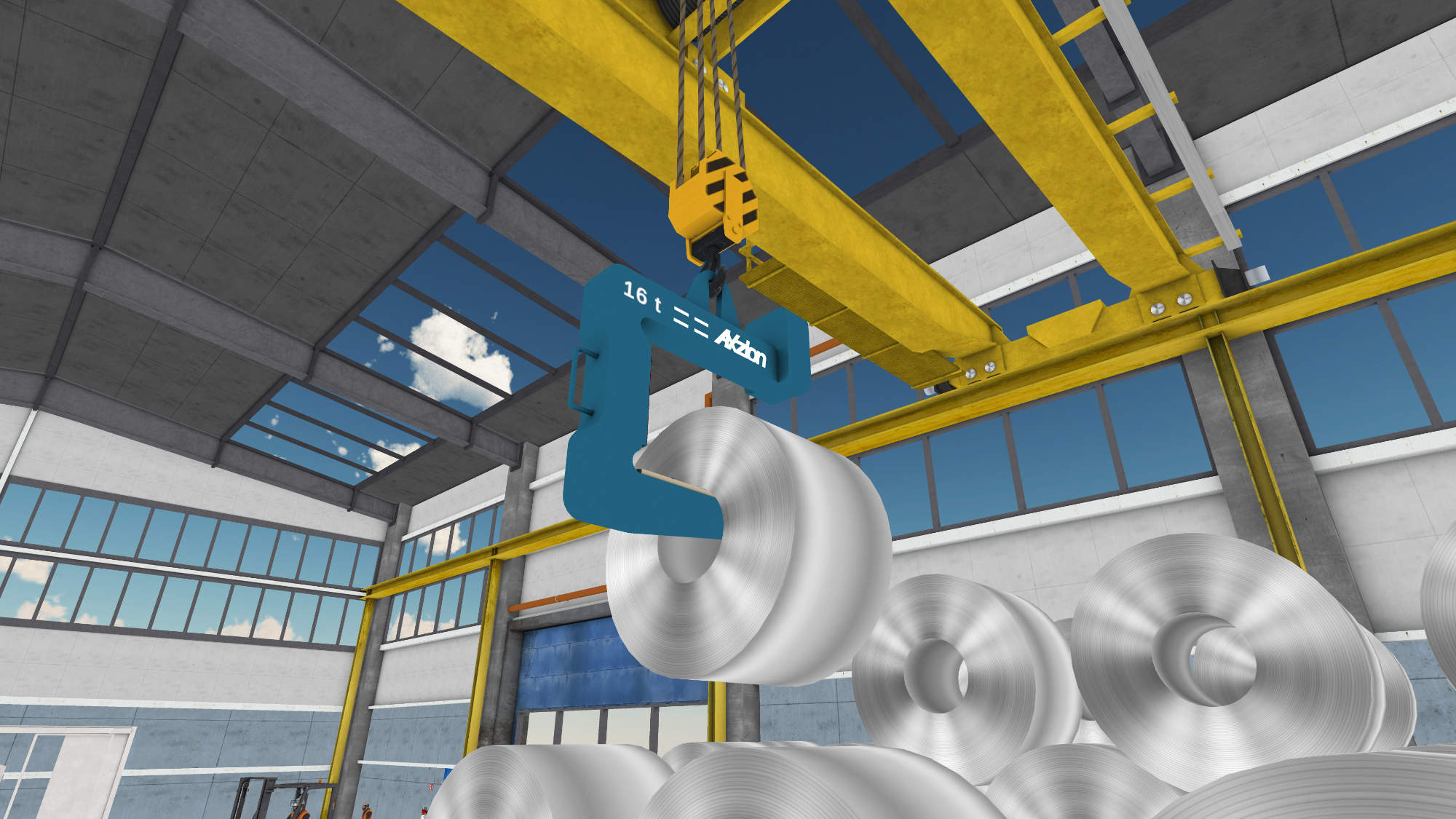Motion & Strategy is a software company that has been developing VR training applications for the industrial sector since 2015. The company digitalizes safety and professional development training through immersive VR solutions that enable hands-on learning without real-world risk. From initial consulting to full implementation, they support the entire process.
With Software-as-a-Service products like the VR CRANETRAINER®, Motion & Strategy is setting new standards in vocational training – safer, more efficient, and independent of location. Their realistic simulations bridge theory and practice, significantly improving workplace safety and operational efficiency.
What are the main areas of activity of the company?
Motion & Strategy develops VR training solutions for industrial education and workplace safety. We offer industry-specific training (e.g., crane operation, load securing) as well as general safety courses for construction site personnel. In addition, we create customized solutions for specific operational processes and machinery. Our VR applications are used in safety-critical industries such as steel production, coil transport, manufacturing, and by educational providers – wherever practical, risk-free training in a controlled environment is essential.
What’s the news about new products/services?
Our VR CRANETRAINER® has become a bestseller, with high demand for additional exercises and realistic hazard scenarios such as dropped loads or swinging cargo. As a result, we are expanding our portfolio with new industrial training modules focused on manufacturing and logistics. At the same time, we’re developing a groundbreaking Companion App for PC, offering intuitive controls, detailed participant analytics (reaction times, error rates), and effortless screen sharing for live presentations. Existing modules such as construction site safety and load securing are also being comprehensively reworked. After ten years of VR development, we’ve refined our signature style: intuitive user interfaces combined with didactically optimized learning flows. These updates enhance user experience and training efficiency, while we integrate the latest VR headsets with mixed reality features for even more immersive experiences.
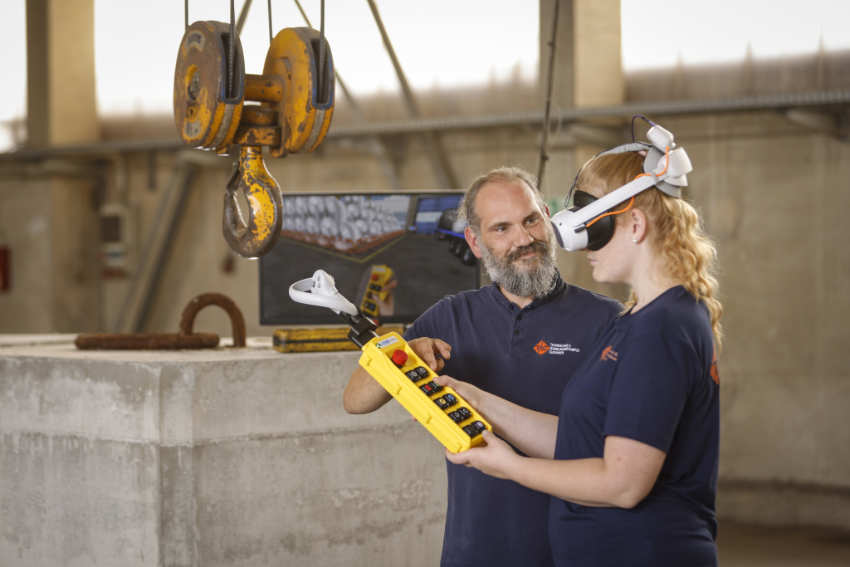
What are the ranges of products/services?
Like many VR companies, we began as a classic VR service provider for custom-built projects. However, we quickly recognized the shift toward Software as a Service (SaaS) in the VR sector. Our goal is to deliver affordable yet high-quality VR training solutions to the market – a goal only achievable through SaaS models. Our flagship product, the VR CRANETRAINER®, delivers highly realistic crane operation training using real control hardware and physically accurate dynamics. It’s our most successful SaaS product. In addition, we offer the development of extra training levels or fully customized solutions as add-ons to our existing products.
What is the state of the market where you are currently active?
The XR market is currently in an exciting phase of growth. Just a few years ago, virtual reality in vocational training was still a niche topic. Now, we’re seeing a clear increase in interest and investment. More and more companies are recognizing the value of immersive training for improving both safety and efficiency, and are supplementing traditional training methods with VR solutions. This is especially true for crane and occupational safety training, where conventional training involves significant costs and risks. Digital simulators like our VR CRANETRAINER® are now receiving a great deal of attention as a result. Many companies are on the verge of digitally transforming their employee training programs. Early adopters are already reporting measurable benefits, such as faster learning outcomes – motivating others to follow suit. Overall, the market is far from saturated, but there’s a clear sense of momentum: acceptance of VR training is steadily increasing, and we see strong growth potential across nearly all relevant industrial sectors.
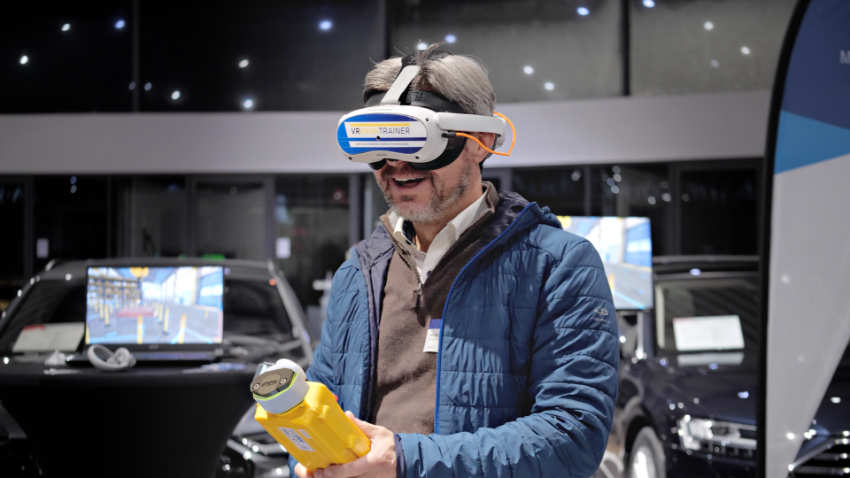
What can you tell us about market trends?
Three key developments are revolutionizing industrial VR training:
First, modern all-in-one headsets like the PicoXR Ultra are making virtual reality more user-friendly than ever. With integrated processors, graphics units, and inside-out tracking, there’s no need for cables or external computers. Trainers simply open the transport case and launch the training – whether in a factory, office, or at a trade show. Updates are delivered over-the-air. High-resolution displays and 120 Hz refresh rates allow for comfortable, fatigue-free training. The result: lower costs, faster ROI, and IT-friendly integration for companies.
Second, mixed reality is becoming the new standard. High-resolution passthrough cameras seamlessly blend real-world elements like our custom-built crane remotes into the simulation. Operators see their hands in real time while fully immersed in a virtual training environment.
Third, Software as a Service (SaaS) is gaining traction. Businesses increasingly prefer predictable annual costs over large upfront investments and associated risks. Our VR CRANETRAINER® offers flexible subscription models, including updates and support.
Together, these trends are taking VR training to a new level – more economical, scalable, and true-to-life than ever before.
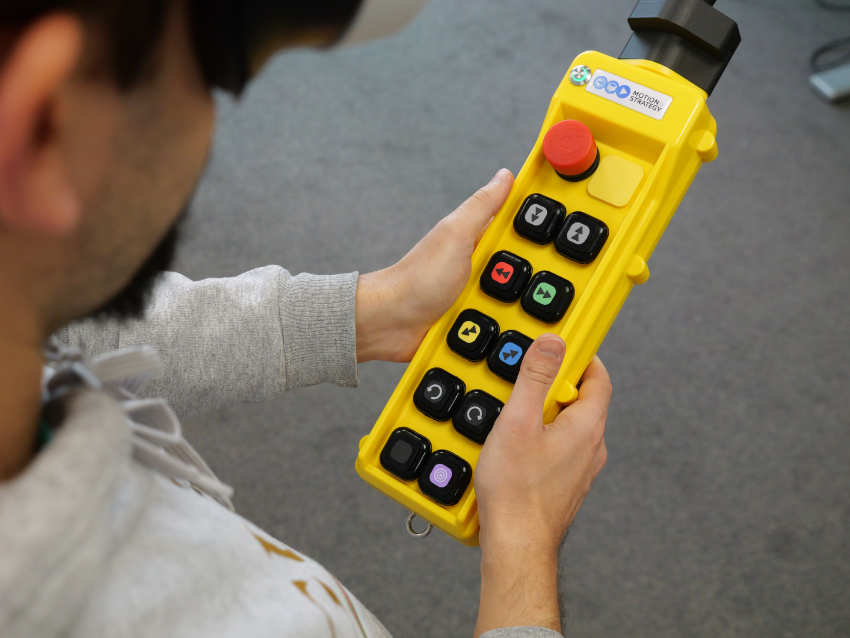
What are the most innovative products/services marketed?
Our VR CRANETRAINER® is revolutionizing crane operator training through ultra-realistic simulation technology that combines real control hardware with physically accurate load dynamics. The system merges immersive VR graphics with authentic control elements, giving crane operators the sensation of operating an actual crane. One of its most innovative aspects is the safe simulation of extreme situations such as swinging loads or falling cargo – scenarios that are nearly impossible to train for in real life. These exercises significantly sharpen reaction skills and can greatly improve workplace safety.
Mobility is another standout feature: the entire system fits into a rugged transport case, is ready to use within minutes, and operates without a stationary computer or cumbersome cables. Training can take place directly on-site without interrupting production. As a full SaaS solution, we provide regular over-the-air software updates and detailed evaluations of each training session.
Our newer modules for construction site and load securing safety also break new ground by allowing hazardous work processes to be experienced digitally and safely for the first time – from handling heavy loads on virtual construction sites to correctly securing freight in a truck.
Our innovation focus is on translating real-world hazards into the virtual space and enabling highly practical, experience-based learning that was previously impossible in this form.
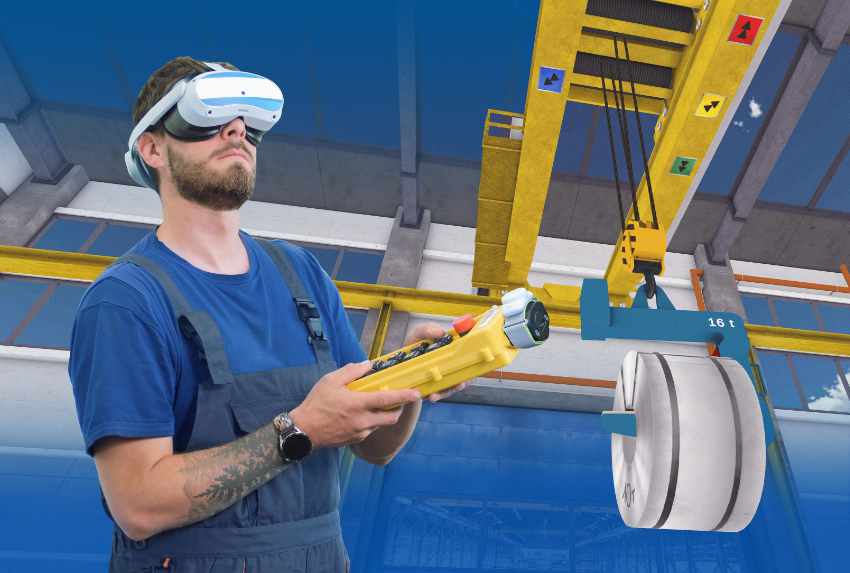
What estimations do you have for the second half of 2025?
We are highly optimistic about the second half of 2025. With growing demand for digital training tools, we anticipate continued growth in new customer acquisition – both in German-speaking countries and in new international markets.
Our main goal is successful expansion and establishing ourselves as a leading provider of industrial VR training solutions. At the same time, we’re continuously investing in product development: the VR CRANETRAINER® and other applications are being enhanced with new features and content to maximize realism and instructional quality. Customer feedback plays a central role in guiding ongoing improvements.
We expect significant growth in H2 2025 – both for our company and the broader market. As more and more companies turn to VR training, we are well positioned to meet the rising demand with a strong portfolio that includes the VR KRANTRAINER®, modules for construction site safety, load securing, asbestos training, and more.

